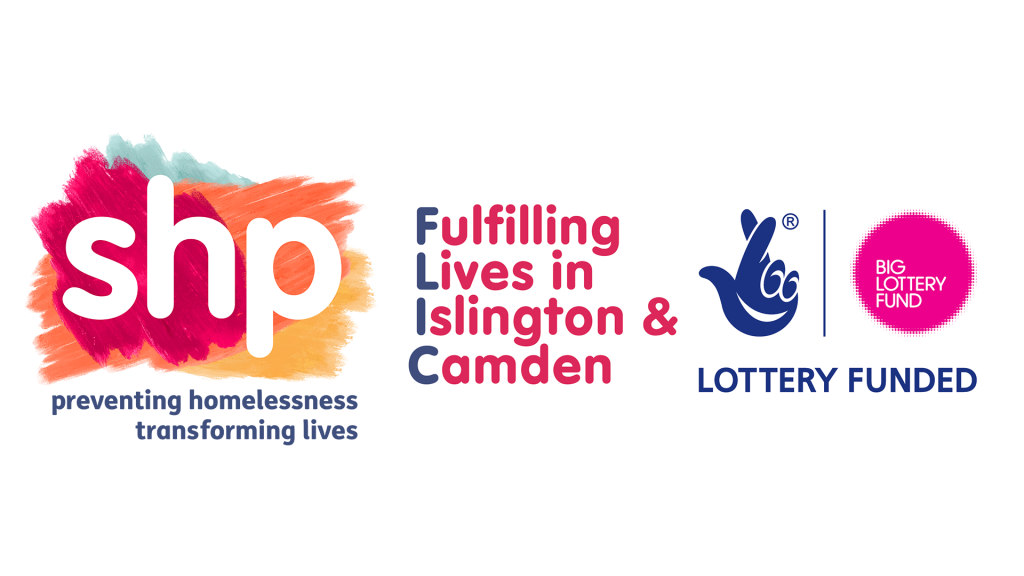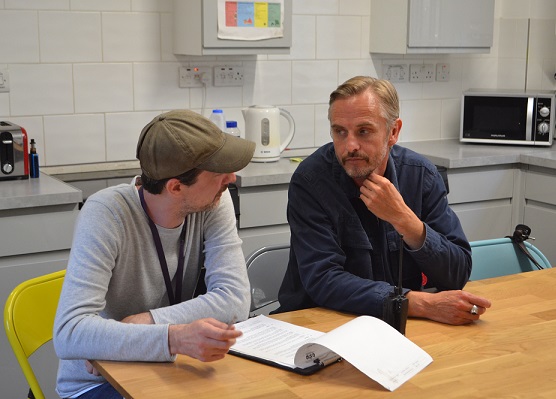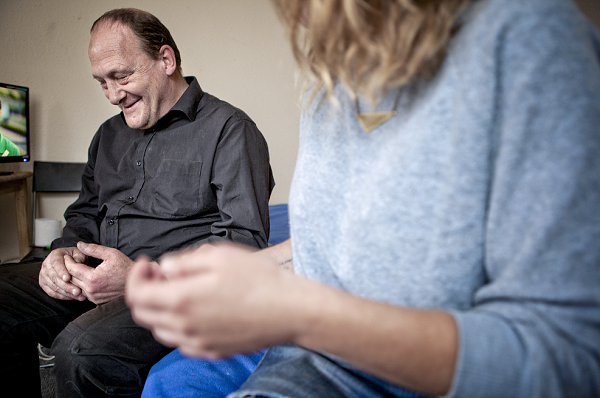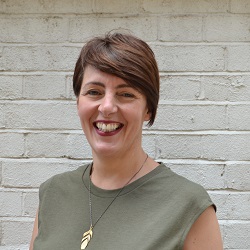We asked Alison Bearn, Programme lead at Fulfilling Lives Islington and Camden, about how work is progressing.
In July 2012, the Big Lottery Fund announced an eight year investment of up to £112 million in the Fulfilling Lives initiative, which aims to improve the capability of people with multiple and complex needs to lead better lives as a result of timely, supportive and coordinated services. Islington and Camden were chosen as one of twelve areas across England to deliver a Fulfilling Lives project, with London-wide homeless charity Single Homeless Project (SHP) appointed the lead partner.
Q1: What was your original proposal for the service and how has it changed since being set up and why?
We pledged to use the funding from the Big Lottery over the next eight years to work intensively with 120 people each year, who have a long history of untreated mental health issues, alcohol or drug misuse, criminal activity and homelessness. To date, these clients have fallen through the cracks between services because no one takes overall responsibility for helping them to deal with all their problems  systematically.
systematically.
We wanted people with multiple and complex needs to be able to manage their lives better, through access to more person-centred and co-ordinated services. We also committed to developing a body of shared learning and measurable outcomes, so that we could demonstrate the impact of these service models to stakeholders.
As the work has progressed, we’ve found that system change is not linear and there is no easy to follow ‘roadmap’ to effect change. Instead our approach has been iterative, building on what we are learning and responding to opportunities. We initially focused much of our attention on building our Strategic Board and developing relationships with decision makers and commissioners. However, in doing so, we realised we hadn’t made best use of the expertise and ideas of our frontline workers. We’ve now re-drawn our approach so that our client-facing workers can have a much more active role in effecting local change and informing service delivery and design.
Q2: What has been the biggest learning from running the service?
The majority of our clients have lived through years of trauma and abuse and rarely been able to access psychological or therapeutic interventions. Until these underlying issues can be safely addressed, it is hard for the client to move forwards. To address this we’ve developed an in-house psychology service to enable clients to build the stability and confidence to start addressing their emotional needs.

Two FLIC mentors in discussion
One area we underestimated was physical health. Most of our clients have very poor health, but have problems accessing consistent and appropriate treatment. With the average age of death for homeless people currently at 47 years for men and 43 for women, it was clear that this demanded attention. We’re now looking at ways the system can intervene earlier to help clients access healthcare, and whether in doing so, the costs both to the individual and to services can be reduced.
Another key lesson has been the importance of positive social networks and meaningful use of time. This can often be the last thing that gets discussed, but we’ve seen an enormously positive impact from supporting clients to do the things that so many of us take for granted – social activities, making friends and having fun! To build on this, we’re focusing on developing strengths-based approaches across the sector in collaboration with our clients. Their role in co-producing these solutions is essential. Clients know what works – we just need to find ways to support them to have their voices heard.
Q3 What have been the biggest challenges and how have you overcome them?
Mainstream providers often lack the resources to undertake outreach, but we see this as the stepping stone that will bring clients into support. Our workers provide the resource to bridge this gap but, as a programme, we are looking at ways to make existing provision more accessible through initiatives such as satellite surgeries, co-location of support workers and shared learning activities.
Our clients are a very stigmatised group and at times we have to challenge perceptions and myths about the behaviours of some of the people we work with. Sometimes opinions of our clients are based on things that happened years ago – or may never have happened – and we are often told they ‘do not want to engage’. We’ve found that flexible support and partnership work with other services enables us to address this in a positive way. It means we can support our clients to take better control of their lives and write their own narrative.
Q4: What have been the best achievements?
Accessing housing remains one of the biggest challenges for our clients. To tackle this we’ve used the Housing First approach, which is based on placing people with complex needs in a stable home, with no pre-conditions or expectations of abstinence. Applying this approach in the private rented sector has proven highly effective for clients who would not respond well to the hostel environment but would also struggle to access or maintain tenancies without intensive support. Over 85% of clients in our Housing First properties have sustained their tenancies, often moving in straight from the street.
After launching the service we found that the proportion of clients who are women was much higher than we anticipated, which suggests we’re reaching women with complex needs who have fallen through the gaps of other services. About 90% have experienced domestic abuse and/or sexual violence, but they were not accessing specialist support. To tackle this we’ve done a lot of successful work on bringing together the housing and homelessness sectors with domestic violence and women’s services to better support vulnerable women with complex needs.

A service user talks to his mentor.
FLIC has also been working closely with the police, the probation service and clients to break the cycle of offending. As a result, offending has more than halved among our clients. Through our support work we’ve also seen significant reductions in substance misuse, and we’ve drawn on this learning to shape and enhance the commissioning of services.
Q5: What has it been like working as part of a larger national programme?
It is great to be able to share learning, ideas and resources on a national basis. It stops us ‘re-inventing the wheel’ and enables us to motivate and inspire each other when the going gets tough! The Big Lottery has been incredibly supportive in allowing us to test approaches and this has enabled us to respond positively to the system challenges we see around us.
Q6: The programme was established to test out innovative service delivery and to use learning to influence policy and strategy around reducing entrenched rough sleeping and complex needs. How far do you think this has happened?
Given the high proportion of clients with complex trauma going back to childhood, a trauma-informed approach is essential and we’re influencing sector peers to embed this in their services, including the development of a trauma-informed and gender informed approach across our local hostel pathways.
We’ve successfully advocated for Housing First to be adopted in Islington and we’ve joined up with Public Health to fund initiatives addressing dual diagnosis and frequent attenders at A & E. We’re also developing a shared programme of work in Camden to improve primary care access for clients with multiple needs.
Our over-arching objective is for the boroughs of Camden and Islington to have a published strategy as to how they will meet the needs of people experiencing multiple disadvantage. With cuts to funding in local services nationally, collaboration and partnership work is imperative, and messages regarding the need for a trauma-informed, multi-agency approach are now commonly accepted.
The challenge remains as to how these approaches can be embedded in service design and delivery, so we’re focusing our remaining four years on embedding these models into commissioning and practice.
To discuss the issues raised in this article, contact: liz.zacharias@campbelltickell.com
This article also appears in CT Brief, Issue 36



